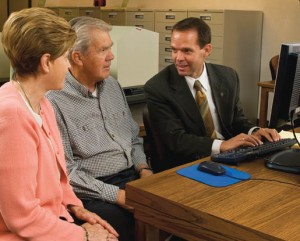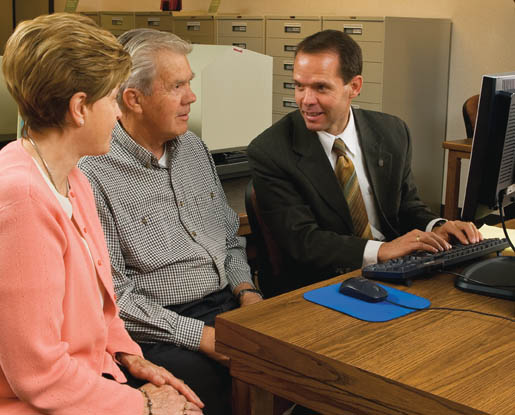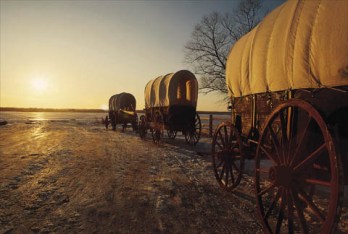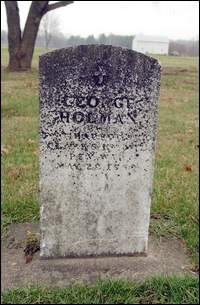Sometimes people are bored by genealogy because it’s just a list of names, dates, and places. You’ll find it far more interesting if you Following are some fun ways to bring them to life.
 1. What do the dates tell you about their trials? For instance, one of my ancestors buried a large number of her ten children before she died at a very old age. Some of them died as children. Imagine how she felt, not just losing one or two, but four or five. How did she cope? How did she feel during pregnancies, knowing she might lose the child?
1. What do the dates tell you about their trials? For instance, one of my ancestors buried a large number of her ten children before she died at a very old age. Some of them died as children. Imagine how she felt, not just losing one or two, but four or five. How did she cope? How did she feel during pregnancies, knowing she might lose the child?
2. Examine historical events occurring during their lifetime and place your ancestor into the event. Even if your ancestor didn’t live near a Civil War battle or fight in it, it’s likely she was affected by the war. Find out how the war affected her area and start imagining how she fit into all of this.
3. Figure out why they moved. Especially in early days, people moved for a reason, not just for fun or employment. What caused them to uproot and leave their families in a time when they couldn’t stay in touch by phone or email? One of my ancestors moved often. When I started researching the towns they lived in, I realized they always moved during times of religious upheaval. The church would begin to argue over some point of doctrine, and their group was the one that moved away and started something new. By examining this, I was also able to learn something about their beliefs, even though they didn’t leave journals.
4. Study their religious faith. It’s likely your family includes many different religions. Learning something about their religion will tell you something about what they likely believed and how they probably lived. Notice when they joined this religion, if a baptism date is available. If they were adults, you may be able to glean important insights into what they wanted from life.
5. Notice if their children lived differently than the parents. If the children moved away, chose new religions, went into unusual careers, you’ll learn something about how your family evolved.
6. Find out how people in their class and location lived. Even if you’re not sure it applies to them, you’ll gain insights into the kinds of people they were. If they lived in a town where few were educated, but you find a clue that they were, you know they could rise above their circumstances. If most people weren’t educated, and you’re not sure they were, how did they live? What might their daily lives have been like?
7. Start as far back as you can and try to find a pattern in the evolution of your family. Where did they move over the years? What careers did they follow? How did your family change and why?
8. Find out why they came to your country. Even if you don’t know, it’s likely you can figure it out based on history. When I looked at the year my Irish ancestors came from Ireland, it was easy to see they came due to the potato famine, but they came the very last year. What enabled them to hold out so long? Did they know it ended, and were they sorry they didn’t wait? Those are stories waiting for me to investigate in the future.
Spend some time exploring not just the statistics, but the world in which your ancestors lived. Place them in context of their time, their faith, and their careers to understand more about who they are, and how that affects who you are today. When you spend more time imagining about your ancestors, the work becomes more interesting.
I like to stop and picture a family after entering them into a family group sheet. I try to imagine their home at the moment of the census record I’m studying, and check out their neighbors as well. By then researching the time and place, and looking for the hidden stories, my ancestors become real people to me. As a Mormon, I believe families are forever, and so, when I return to Heaven, I don’t want to be eternally joined to a group of strangers. I spend time getting to know them now and I’m looking forward to meeting them and finding out how accurate my guesses were.
About Terrie Lynn Bittner
The late Terrie Lynn Bittner—beloved wife, mother, grandmother, and friend—was the author of two homeschooling books and numerous articles, including several that appeared in Latter-day Saint magazines. She became a member of the Church at the age of 17 and began sharing her faith online in 1992.






